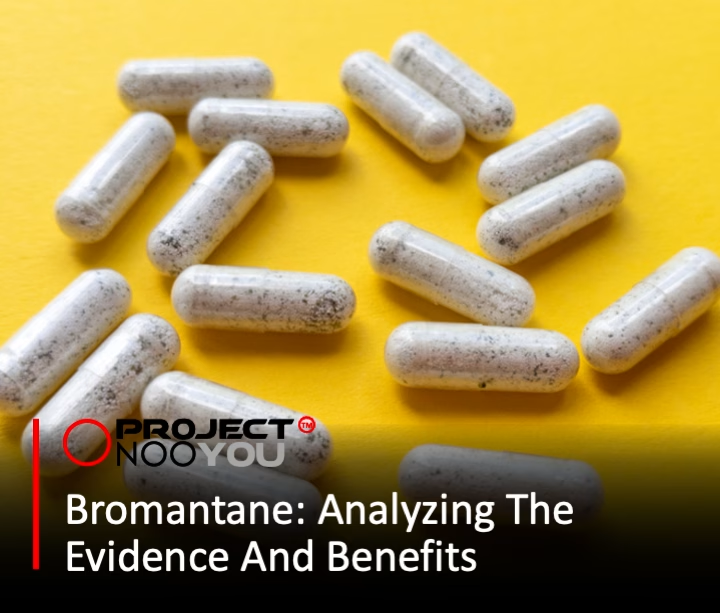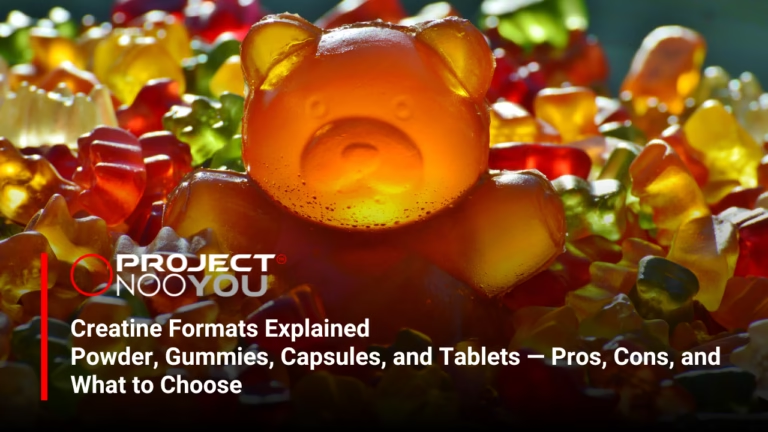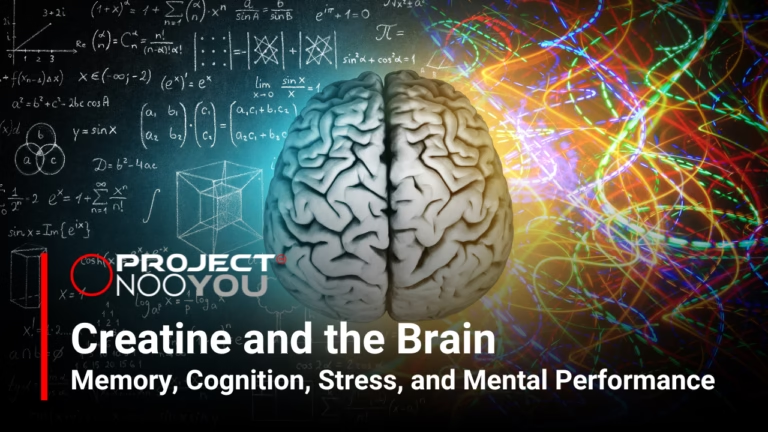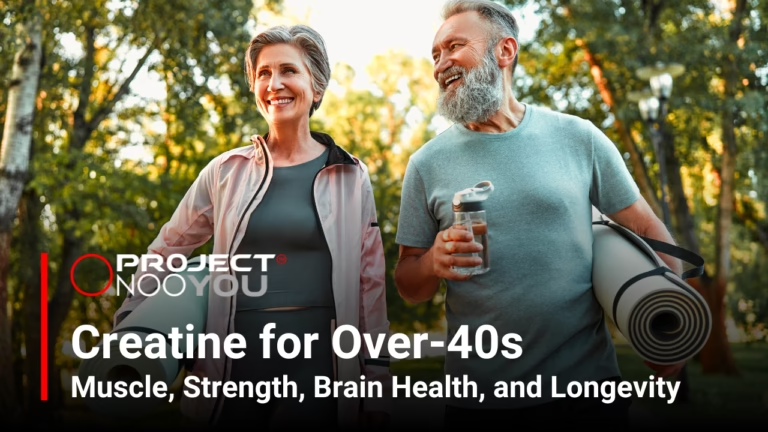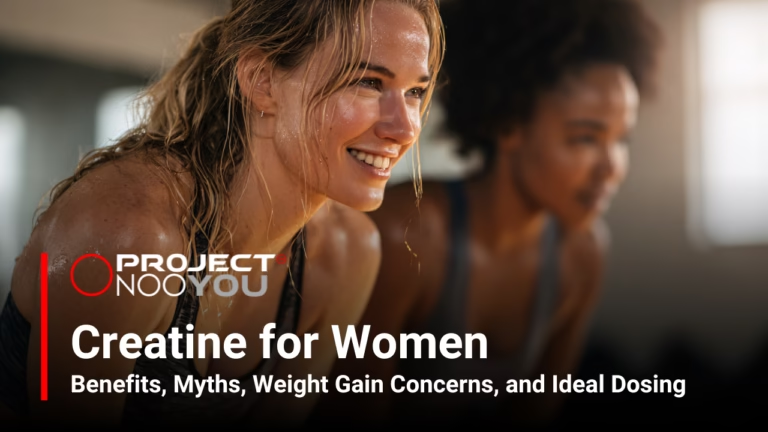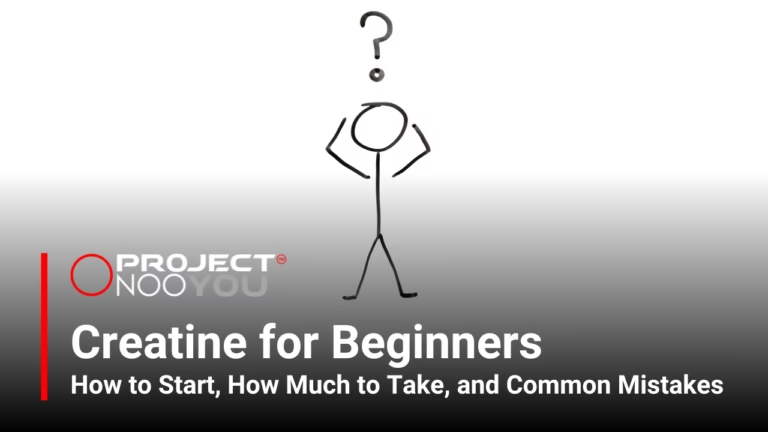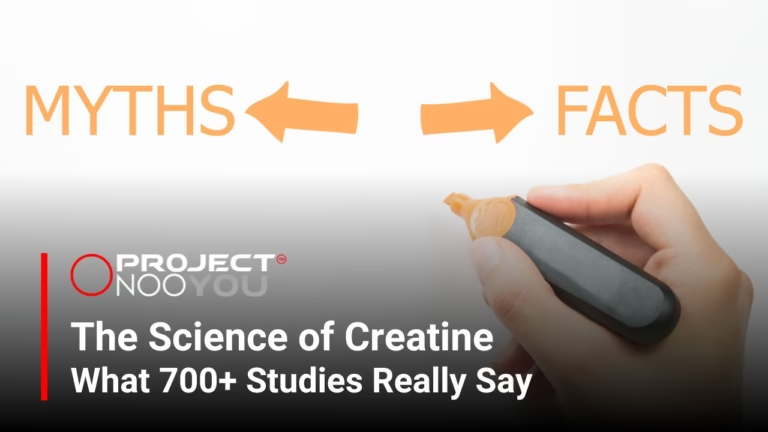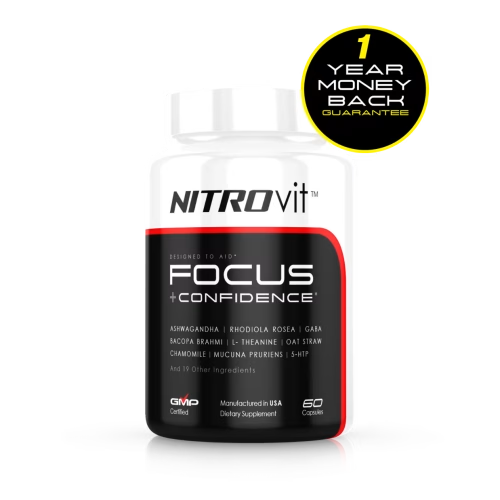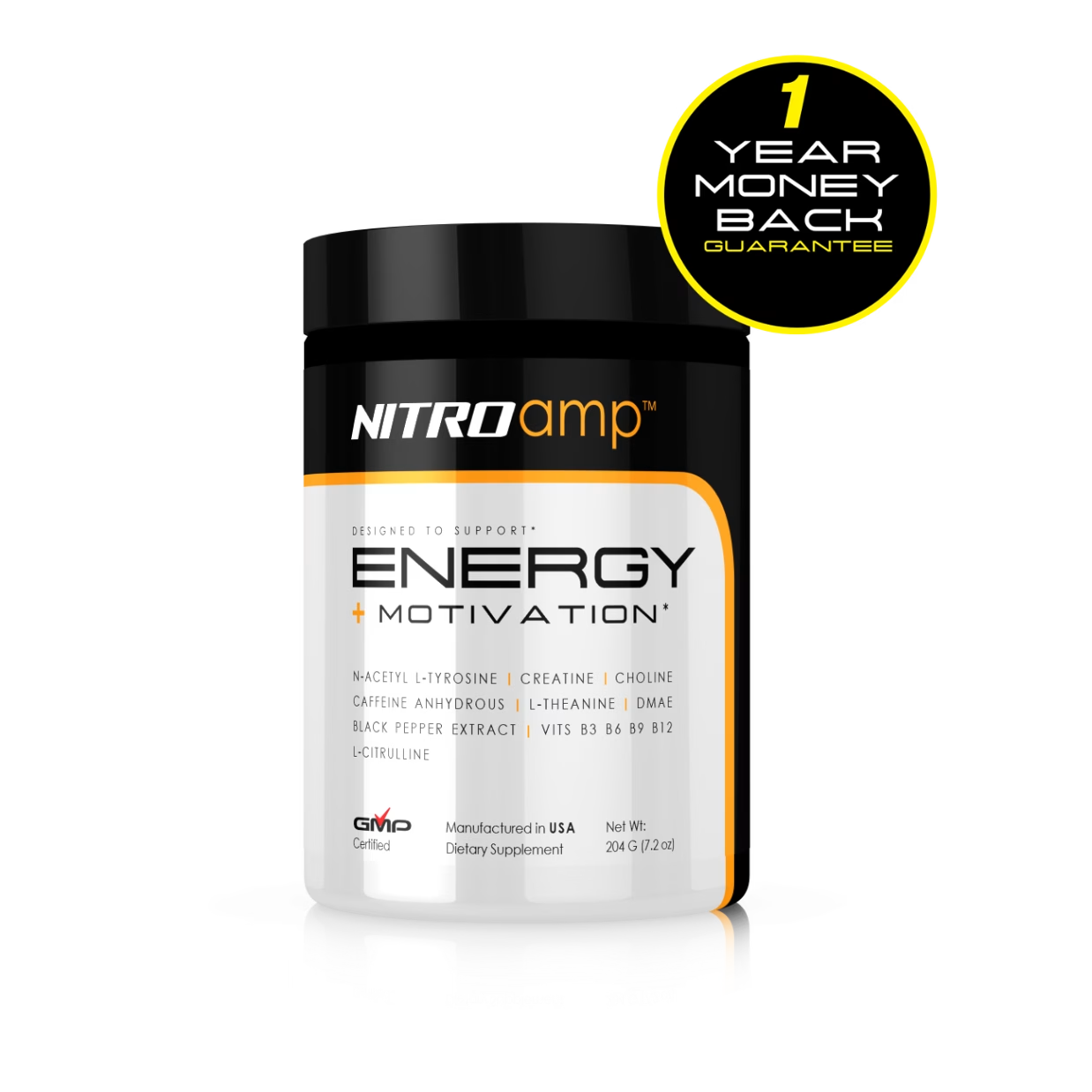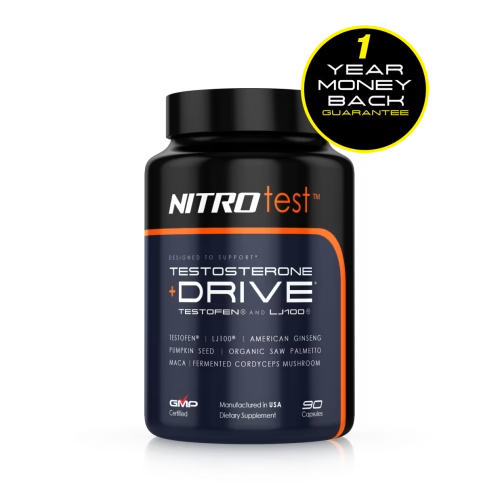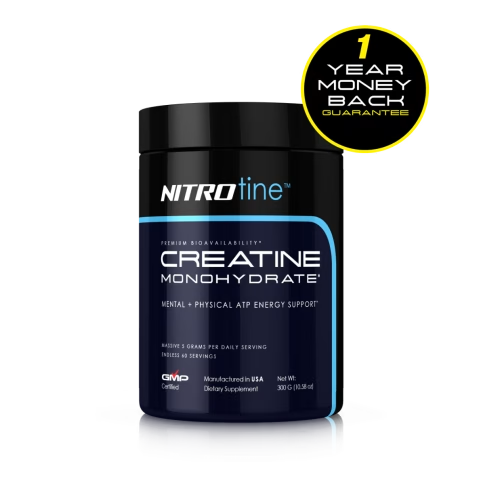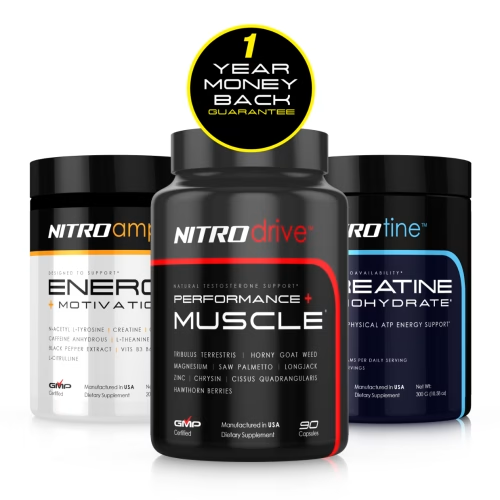Bromantane is considered a novel nootropic with psychostimulatory effects. It is also considered to be actoprotector. Essentially meaning that they are synthetic adaptogens with a significant magnitude that can improve physical performance.
This nootropic supplement is said to work fairly quickly to boost alertness, motivation and overall mental energy. It has also been shown to provide athletes with performance enhancement and has been banned for use by professional athletes.
Bromantane has both stimulant and anti-anxiety properties. The fact that it acts as a stimulant and a mental relaxant makes it extremely unique, as the two effects commonly negate the effects of each other.
How Does Bromantane Work?
Bromantane works by increasing the amount of dopamine and serotonin neurotransmitters. The binding that especially occurs with the dopamine receptors causes a number of positive reactions that can make a person feel an extra boost of motivation, mental energy, and a positive mood over a certain period of time.
Even though this class of drugs has a reasonable amount of research and hence a big family of derivatives has been found[1], bromantane is yet the best studied, but still controversial compound. Let’s analyze the data.
What are the Potential Uses and Benefits of Using Bromantane?
There are a variety of benefits that this nootropic supplement can provide. This includes, but is not limited to some of the following:
- Increased mental energy
- Improved memory and learning capabilities
- Helps with liver detoxification
- Known to help boost mood and motivation
- Reduces Anxiety
- Boosts the immune system
Neuroscience Research Studies
Bromantane works mainly by inhibiting the reuptake of both dopamine and serotonin in the brain[2] (although it also has anticholinergic effects at very high, apparently single toxic doses[3][4]).
Additionally, bromantane induces a significant increase in the 5-HT and 5-HIAA content in the frontal cortex and delays an increase in their content in subcortical brain regions, hence a stable decrease in the 5-HT and 5-HIAA levels in the cerebellum is observed[5].
The increase that is caused to the 5-HT and 5-HIAA activates the part of the brain that is responsible for short-term memory tasks, attention, reward, and motivation.
Correlations in 10 healthy volunteers after single oral administration of bromantane in comparison with placebo have revealed favourable influence of the drug on operators’ functional state[6].
Signs of moderate vigilance rise and forming of productive action state coupled with favourable behavior for precise motor performance and tremor reduction were found.
Operator’s functional state optimization leads to an extension of reserve abilities, which probably causes efficiency of bromantane, augmenting high working capacity in tired operators under extreme conditions.
The neurotoxicological profile of bromantane indicates that appropriate dosage is urged for experiencing its positive nootropics effects.
In these studies[7], The drug in doses of 30-300 mg/kg stimulated and in doses of 600-9,600 mg/kg suppressed behavioral activity.
Thus, spontaneous motor activity increased after a single treatment with bromantane in doses of 30-300 mg/kg; did not change after treatment in doses of 600 mg/kg; and was inhibited after treatment in doses above 600 mg/kg.
Furthermore, in doses of 300-600 mg/kg the drug reduced pain sensitivity threshold, and in doses above 600 mg/kg elevated the pain threshold and tactile sensitivity and reaction to knock. However, bromantane induces mydriasis in all studied doses (pupil dilatation).
Nevertheless, in these studies, the general physiological and behavioral characteristics of the animals studied were restored within two months after termination of the treatment course.
During this period, the test animals exhibited no significant behavioral symptoms indicative of the drug dependence. The two-month treatment did not lead to the development of tolerance with respect to the optimizing drug action upon the physical and operant capacity, suggesting than bromantane is a safe drug in terms of addiction potential.
In the initial stage of these treatments, bromantane caused hypothermia; in the second month, this effect was replaced by slight hyperthermia. Prolonged administration of a large dose of bromantane oppressed food uptake and slightly increased drink uptake, increasing the body weight in females and decreasing it in males.
Finally, the results of experiments on rats showed that bromantane does affect the sexual behavior and pairing activity. A three-day treatment with bromantane (30 and 300 mg/kg, p.o.) predominantly increased the sexual proceptivity, whereas a chronic administration (for 2 months in males and 2 weeks in females) produced a dose-dependent increase in both proceptivity and receptivity. The observed effects are probably related to the dopamine-positive action of bromantane[8].
In conclusion, even though we already count with reliable animal data, further research in humans is needed, particularly in regard to its apparent risky neurotoxic doses[9].
Furthermore, while an increase in sexual proceptivity would be an appealing effect for some nootropic users, it might be a downside for others. It seems that there is relatively no risk for addiction, yet a correct dosage is indeed a dangerous task. Good luck!
While it is a nootropic that provides the potential of numerous cognitive benefits, the best nootropics can accomplish the same and much more without the potential risk of side effects.
Credited Resources and Publications:
[1] https://www.ncbi.nlm.nih.gov/pubmed/10222828
[2] http://www.ncbi.nlm.nih.gov/pubmed/10198757
[3] http://www.ncbi.nlm.nih.gov/pubmed/12124651
[4] http://www.ncbi.nlm.nih.gov/pubmed/10763112
[5] http://www.ncbi.nlm.nih.gov/pubmed/7580761
[6] http://www.ncbi.nlm.nih.gov/pubmed/10998997
[7] http://www.ncbi.nlm.nih.gov/pubmed/12124651
[8] http://www.ncbi.nlm.nih.gov/pubmed/15341065
[9] http://www.ncbi.nlm.nih.gov/pubmed/12124651

